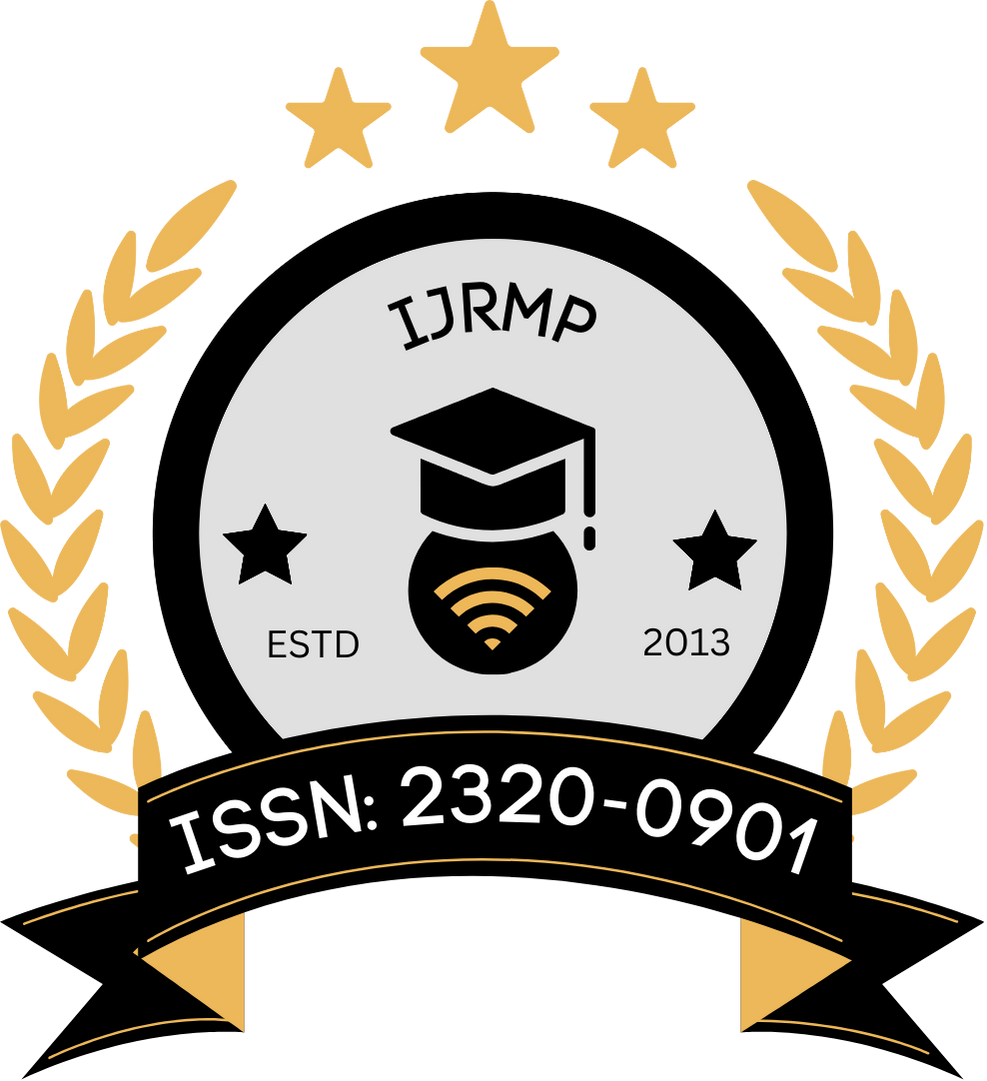![]()
DOI: https://doi.org/10.63345/ijrmp.org.v10.i6.4
Rupal Bhatt
Udaipur, Rajasthan, India
Abstract
The rapid advancement of digital health technologies has enabled the continuous collection of patient-generated health data (PGHD), offering unprecedented opportunities to tailor medication recommendations to individual needs. This manuscript investigates the impact of PGHD on personalized medication recommendations by exploring how data captured from wearable devices, mobile applications, and home monitoring systems can enhance precision in treatment protocols. Our study reviews literature up to 2020 to establish the evolution of digital data collection and its integration into clinical decision-making processes. A mixed-methods approach was adopted, combining qualitative insights from healthcare professionals with quantitative analysis of patient outcomes data from a mid-size urban healthcare center. The methodology involved the integration of diverse data sources, including self-reported symptoms, activity tracking, and physiological measurements, to refine medication dosing, timing, and therapeutic alternatives. The results indicate that PGHD, when systematically analyzed, can lead to improved treatment adherence, reduced adverse drug reactions, and enhanced overall therapeutic efficacy. However, challenges remain in data standardization, privacy concerns, and the integration of PGHD into existing electronic health record (EHR) systems. This research concludes that while PGHD holds significant promise for personalized medication recommendations, a multi-stakeholder approach—incorporating technological, clinical, and regulatory innovations—is essential to fully harness its benefits. The manuscript discusses the transformative potential of PGHD in facilitating precision medicine and provides recommendations for future research aimed at overcoming current limitations.
Keywords
Patient-Generated Health Data, Personalized Medication, Precision Medicine, Digital Health, Clinical Decision-Making, Health Informatics
References
- https://www.google.com/url?sa=i&url=https%3A%2F%2Fwww.mdpi.com%2F2075-4426%2F14%2F3%2F282&psig=AOvVaw11AZo1qV_YxPyedn8Lex1Z&ust=1741465397463000&source=images&cd=vfe&opi=89978449&ved=0CBQQjRxqFwoTCJCLhbTm-IsDFQAAAAAdAAAAABAE
- Bardram, J. E. (2016). Long-term multimodal sensor fusion for behavioral monitoring of patients with bipolar disorder. IEEE Journal of Biomedical and Health Informatics, 20(5), 1346–1356.
- Bujnowska-Fedak, M. M., & Pirogowicz, I. (2018). eHealth solutions in managing chronic diseases. International Journal of Environmental Research and Public Health, 15(5), 1019.
- de Lusignan, S., et al. (2018). Developing and evaluating digital health interventions: Evidence-based approaches to inform future design. BMJ Innovations, 4(2), 84–91.
- Dorsey, E. R., & Topol, E. J. (2016). State of telehealth. New England Journal of Medicine, 375(2), 154–161.
- Ha, J. F., & Longnecker, N. (2010). Doctor-patient communication: A review. Ochsner Journal, 10(1), 38–43.
- Jensen, P. B., Jensen, L. J., & Brunak, S. (2012). Mining electronic health records: Towards better research applications and clinical care. Nature Reviews Genetics, 13(6), 395–405.
- Kooij, L., et al. (2017). The potential of digital health data to transform healthcare: A systematic review of opportunities and challenges. Journal of Medical Internet Research, 19(6), e210.
- Kvedar, J. C., Fogel, A. L., & Hollander, J. E. (2018). Digital medicine’s march on chronic disease. Nature Biotechnology, 36(8), 728–736.
- Kvedar, J. C., et al. (2014). Connected health: A review of technologies and strategies to improve patient care with telemedicine and mHealth. Telemedicine Journal and E-Health, 20(2), 92–100.
- Luxton, D. D. (2016). How can eHealth technologies transform mental health services? Psychiatric Services, 67(9), 1001–1002.
- Lyles, C. R., et al. (2019). Leveraging health information technology to improve quality and efficiency in healthcare. American Journal of Managed Care, 25(2), e49–e56.
- Mohr, D. C., et al. (2017). The behavioral intervention technology model: An integrated conceptual and technological framework for eHealth and mHealth interventions. Journal of Medical Internet Research, 9(6), e29.
- Patel, M. S., et al. (2015). Patient-generated health data: An untapped resource for enhancing patient care. JAMA Internal Medicine, 175(5), 762–763.
- Patrick, K., et al. (2016). The promise and peril of mobile health apps. New England Journal of Medicine, 375(6), 599–602.
- Rumsfeld, J. S., et al. (2013). Leveraging technology to enhance patient care: The role of electronic health records. Journal of the American Medical Association, 309(6), 646–647.
- Snyder, C. F., et al. (2014). Patient-reported outcomes in cancer clinical trials: Taking measurement from the laboratory to the patient. Journal of the National Cancer Institute, 106(6), dju140.
- Steinhubl, S. R., et al. (2015). The emerging field of mobile health. JAMA, 313(5), 459–460.
- Topol, E. J. (2014). Individualized medicine from pre-womb to tomb. Cell, 157(1), 241–253.
- Torous, J., et al. (2018). Digital phenotyping for precision psychiatry: The path from data to treatment. Current Opinion in Behavioral Sciences, 23, 21–27.
- Wagner, E. H., et al. (2014). Improving chronic illness care: Translating evidence into action. Health Affairs, 23(3), 102–112.
